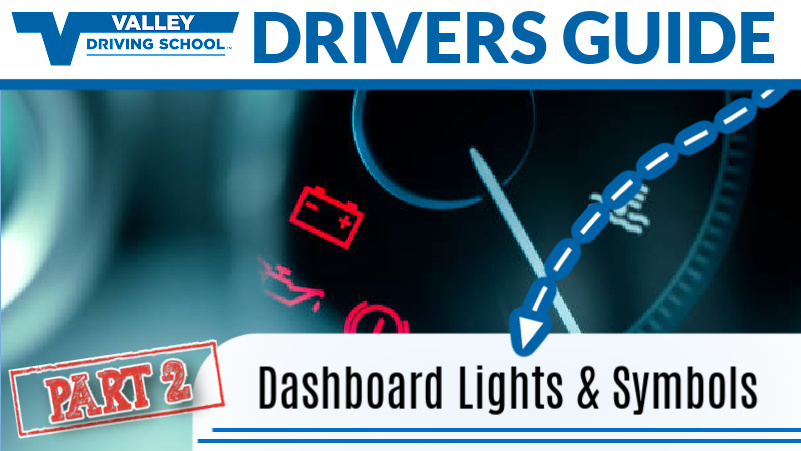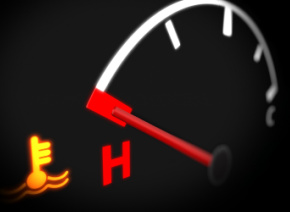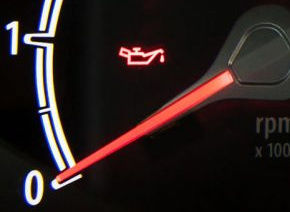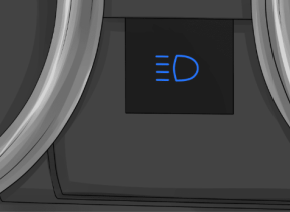Whether you’re a new driver or a seasoned driver, there may be some lights and symbols that are yet to appear on your dashboard! We covered some of the most common lights and symbols already, but now we’re taking a deeper dive.

Since we know how important it is to be prepared, the second article in our Drivers Guide to Dashboard Lights & Symbols three-part series is going to provide some little known information about some of the specific lights and symbols that you could see that can show up in varying colours and designs!
Colour Coding
Dashboard lights and symbols come in a variety of colours and it’s no surprise that the most serious of these are red and the least serious are green and blue. Red lights tend to signal a major issue or component failure, like your oil being dangerously low or even completely out. Green and blue lights typically just let you know that a feature is being engaged like turn signals blinking or coolant circulating.
Some other colours you’ll see on the dashboard are yellow and orange. These lights serve as a warning or often point to a minor hazard, like your anti-brake lock system being activated while driving on ice or your fuel tank getting low.
Often, the exact colouring of the dashboard symbols will vary depending on the make and model of vehicle - some manufacturers have a red, orange, and green colouring system whereas others may have a red, yellow, and blue system. Other manufacturers may include all the colours!
Temperature Warning Indicators

This symbol suitably looks like a thermometer dipped in fluid and informs you of the engine’s temperature. In some vehicles, this symbol lights up blue when the engine is too cold, green when it’s just right, and red when it’s overheating.
If this symbol is blue on start-up, your coolant or antifreeze is likely too cold for the vehicle to work properly. This could result in your engine freezing up and not being able to start, so it would be wise to let the vehicle components and fluids warm up before driving if you see the blue indicator on start-up.
Your antifreeze may be in trouble if this symbol stays blue for longer than two minutes. If this does happen, turn the vehicle off and let it cool down significantly before checking the antifreeze levels. Failure to do so may result in scalding hot liquid bursting out of the cap. If the light blinks red then blue, this is indicating an electrical malfunction in the cooling system.
If this symbol is red, the vehicle’s engine is likely overheating! You should stop driving as soon as it’s safe to do so and turn off your vehicle to avoid any potential engine damage. Unless you are mechanically inclined and comfortable with this issue, you should call a tow truck to get you to a certified mechanic.
Oil Warning Light

The oil warning light and symbol that is most commonly seen is just an oil can and is often red. Without any additional symbols accompanying the oil can, this means that the oil pressure is low but there can be other symbols that indicate another problem, such as a wavy line underneath the oil can which represents the oil fluid is low.
In high-performance vehicles, the oil can can also be accompanied by a thermometer and indicates that the oil temperature is running extremely high. Just like when the engine itself is overheating, you should pull over as soon as it is safe to do so and turn off the vehicle. You should call a tow truck to get you to a certified mechanic, unless you are mechanically inclined and comfortable with this issue.
Exterior Light Indicators

The headlights on a vehicle are often turned on and off by the driver when needed, which means that the driver most likely knows whether they are on or not. However, it is not uncommon for vehicles now to have automatic headlights or have switches that can be easily switched without noticing.
A vehicle’s dashboard should have indicators allowing the driver, at a quick glance, to see what lights are currently activated. This is one of the instances where you will find green and blue symbols! Low beams, which are the headlights most regularly used, typically show as a single or double light symbol. If the high beams are switched on, the green symbol will be replaced by a bright blue light symbol. In some cases, both the green light and blue light symbols will appear together.
Vehicles that are equipped with fog lights will typically have a different light symbol, although it is often still green. Turn signals are also green in colour, with an arrow symbol indicating the left or right signal. Since most vehicles utilize their turn signal lights for the hazard lights, the dashboard symbols will flash on and off whenever the hazard lights are activated.
–
Now we’ve covered six of the most common dashboard lights and symbols in part one, and gone into depth regarding some colour and symbol variations in part two. Check in next week, when we review part three of three in our Driver’s Guide to Dashboard Lights and Symbols series!
